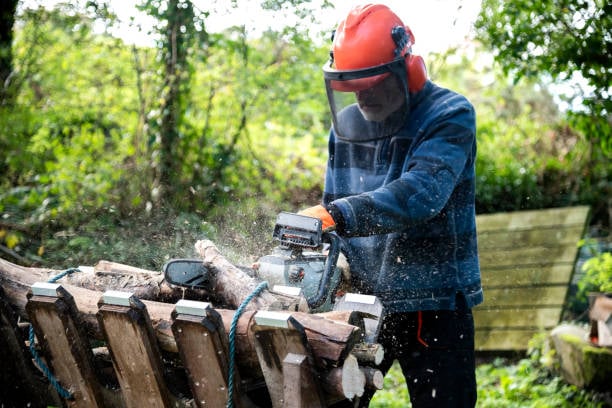Introduction
wood-cutting tools are essential for any woodworking enthusiast or professional. Whether you are a beginner or an experienced woodworker, having the right tools is crucial to achieving precise and clean cuts. In this article, we will explore the different types of wood-cutting tools available in the market and provide you with valuable insights on how to choose the best tools for your woodworking projects.
A Brief Overview of Wood-Cutting Tools
Wood-cutting tools come in various shapes and sizes, each designed for specific purposes. From hand tools to power tools, there is a wide range of options to choose from. Let's take a closer look at some of the most commonly used wood-cutting tools:
1. Hand Saws
Hand saws are the most basic and traditional wood-cutting tools. They are versatile and can be used for a variety of woodworking tasks. There are different types of hand saws, such as crosscut saws, rip saws, and dovetail saws, each designed for specific cutting needs. Hand saws are great for smaller projects and for making precise cuts.
2. Circular Saws
Circular saws are power tools that use a circular blade to cut through wood. They are commonly used for making long, straight cuts and are ideal for larger woodworking projects. Circular saws can be handheld or mounted on a table, providing stability and accuracy.
3. Jigsaws
Jigsaws are versatile power tools that use a reciprocating blade to make curved or intricate cuts in wood. They are ideal for cutting shapes, curves, and patterns. Jigsaws are often used for tasks like cutting out openings for electrical outlets or creating decorative designs in wood.
4. Miter Saws
Miter saws, also known as chop saws, are designed for making precise angled cuts. They are commonly used for cutting moldings, trim, and framing materials. Miter saws can be adjusted to cut at different angles, allowing for greater flexibility in woodworking projects.
5. Table Saws
Table saws are powerful woodworking tools that consist of a circular blade mounted on a table. They are primarily used for making straight cuts and are ideal for ripping large pieces of wood. Table saws provide stability and accuracy, making them a popular choice among professional woodworkers.
6. Band Saws
Band saws are versatile power tools that use a continuous band of toothed metal to cut through wood. They are commonly used for curved cuts, resawing, and cutting irregular shapes. Band saws offer more control and precision compared to other cutting tools.
7. Scroll Saws
Scroll saws are specialized power tools that are used for intricate and detailed cuts. They use a thin, reciprocating blade that moves up and down to cut through wood. Scroll saws are popular among woodworkers who create intricate designs and decorations.
8. Chainsaws
Chainsaws are powerful tools primarily used for cutting large logs or trees. While they are not commonly used in traditional woodworking, they are essential for tasks like tree felling and log cutting. Chainsaws can make quick work of large wood pieces but require proper handling and safety precautions.
9. Router
A router is a versatile power tool that is used for shaping, trimming, and cutting wood. It is commonly used for creating decorative edges, grooves, and joinery. Routers can be handheld or mounted on a table, providing greater control and precision.
10. Planer
A planer is a woodworking tool used for creating smooth and flat surfaces on wood. It is commonly used for removing imperfections, leveling surfaces, and reducing the thickness of wood. Planers are available in handheld and stationary models, providing flexibility for various woodworking projects.
Conclusion
Wood-cutting tools are essential for any woodworking project, whether you are a hobbyist or a professional. Choosing the right tools can greatly impact the quality and efficiency of your work. By understanding the different types of wood-cutting tools available and their specific uses, you can make informed decisions and select the tools that best suit your woodworking needs. Remember to prioritize safety when using any power tools and always follow the manufacturer's instructions. Happy woodworking!


